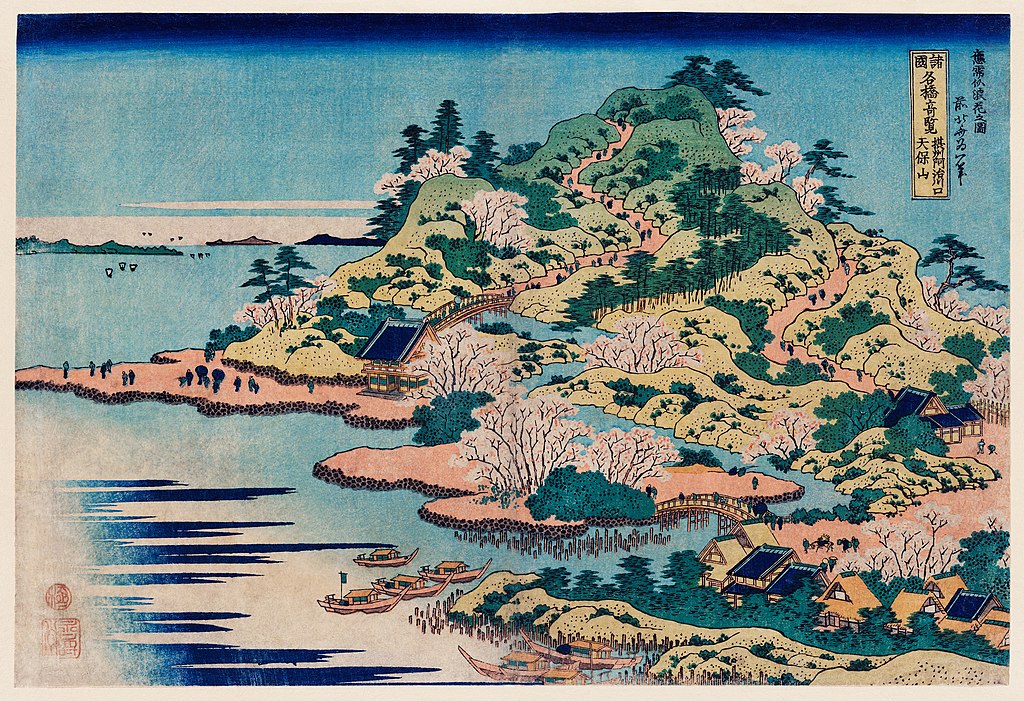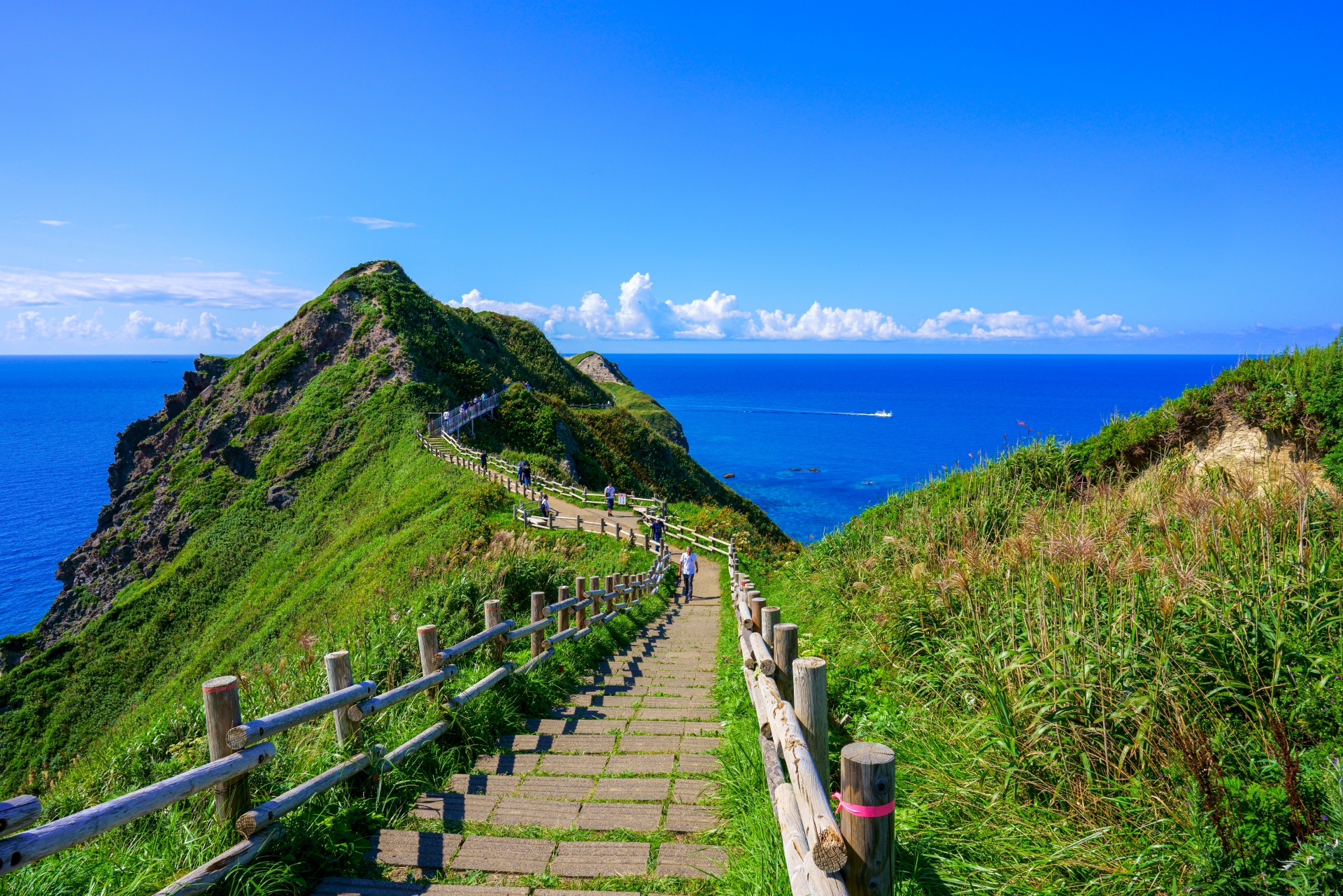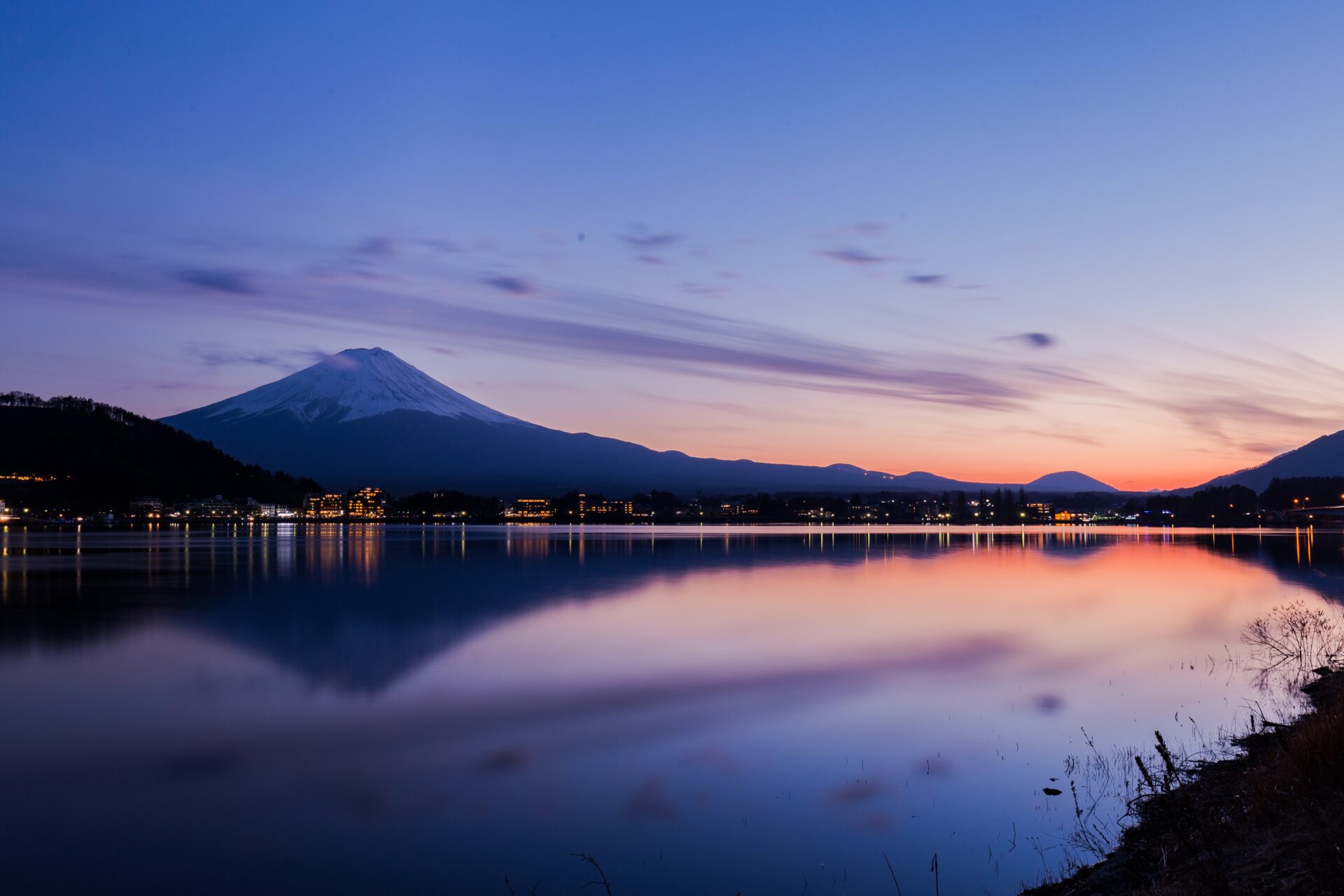
David Meskens is an intern from Belgium. He is a last-year International Business Management student from Thomas More in Belgium. He came to Japan to learn as much as possible from the Japanese culture and to get some work-ready experience. He is a big sports fan. Basketball is his favorite, and he recently became passionate about Sumo wrestling after attending an event in Japan.
This post may contain some affiliate links. When you click through and make a purchase we may receive some commission, at no extra cost to you.
Japanese art forms have a long and fascinating history, encompassing a wide range of creative disciplines, from calligraphy and flower arranging to pottery and performing arts. Each art form reflects the essence of Japanese culture, revealing the deep connection between aesthetics, spirituality, and the natural world. Join us as we delve into these captivating art forms and celebrate the timeless beauty of Japan’s artistic legacy.
- 1. Shodo (Calligraphy)
- 2. Ikebana
- 3. Tojiki (Pottery)
- 4. Origami
- 5. Urushi (Lacquerware)
- 6. Ukiyo-e (Woodblock Printing)
- 7. Kabuki Theatre
- 8. Sado (Tea Ceremony)
- 9. Sumi-e (Ink Painting)
- 10. Bonsai
- 11. Manga
- 12. Japanese Poetry
- Kimono: A Beautiful Artform that you can Wear Anywhere!
- Japan Wonder Travel Tours
- Other articles you might like
1. Shodo (Calligraphy)
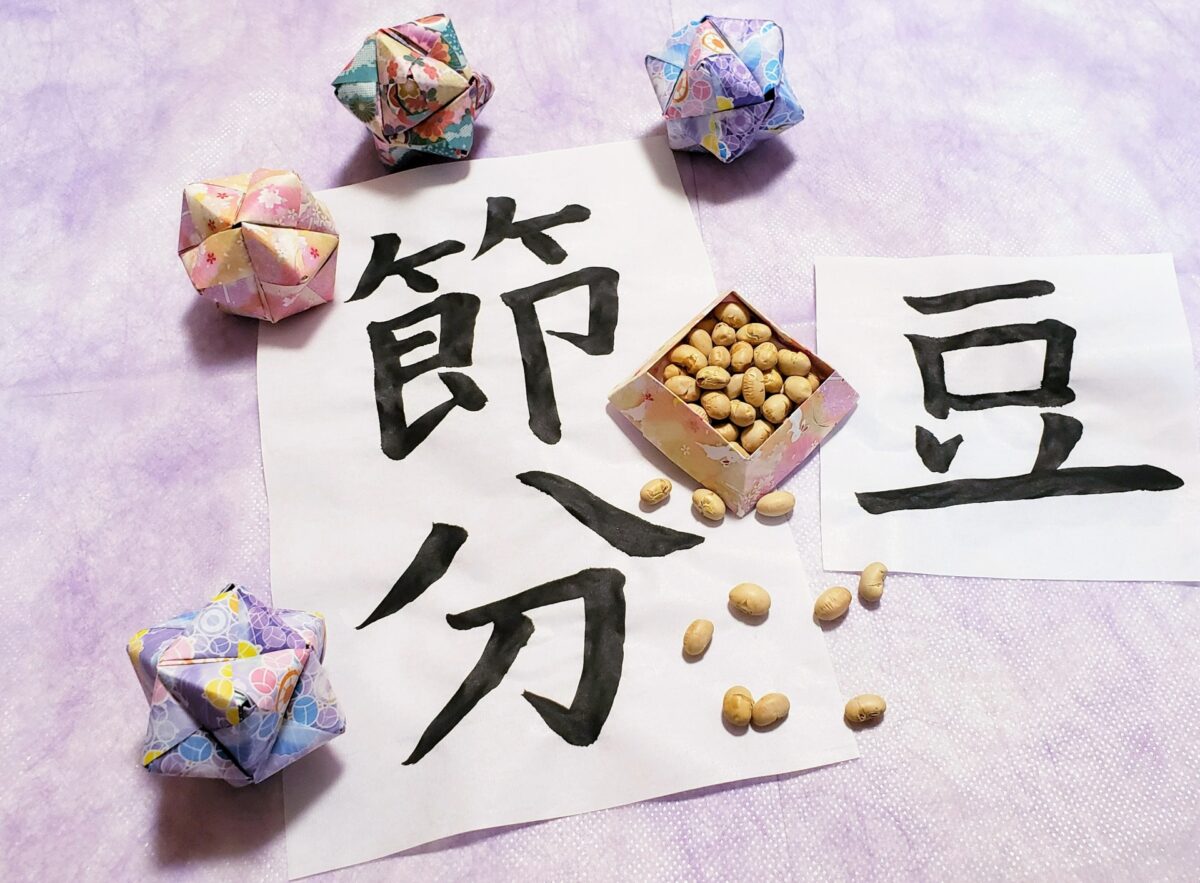
Japanese calligraphy, or shodo, is a captivating and ancient art form that combines the beauty of written language with the fluidity of brush strokes. With its roots in Chinese calligraphy, shodo has evolved over the centuries into a distinctly Japanese expression of culture and aesthetics. Practitioners use brushes made from bamboo and animal hair, dipping them in rich black ink to create elegant characters on delicate rice paper. But shodo is more than just beautiful writing; it’s a form of meditation and self-discipline that cultivates the mind and spirit. For those who practice shodo, the graceful dance of the brush across the paper is a delightful journey into Japan’s rich artistic heritage, offering a window into the harmonious blend of tradition and creativity. There are some amazing calligraphy workshops in Tokyo if you’d like to try it for yourself.
2. Ikebana

Ikebana, the delicate and refined art of Japanese floral arrangement, traces its origins back to the 7th century when Buddhist monks first began crafting elegant displays for altars. Over time, ikebana evolved into a meditative practice and form of artistic expression deeply rooted in Japanese aesthetics. Combining the principles of balance, harmony, and simplicity, ikebana transforms the natural beauty of flowers, branches, and leaves into captivating arrangements that evoke a sense of tranquility and grace. A unique blend of tradition and creativity, ikebana continues to captivate enthusiasts worldwide as both a calming hobby and a window into the rich cultural tapestry of Japan.
3. Tojiki (Pottery)
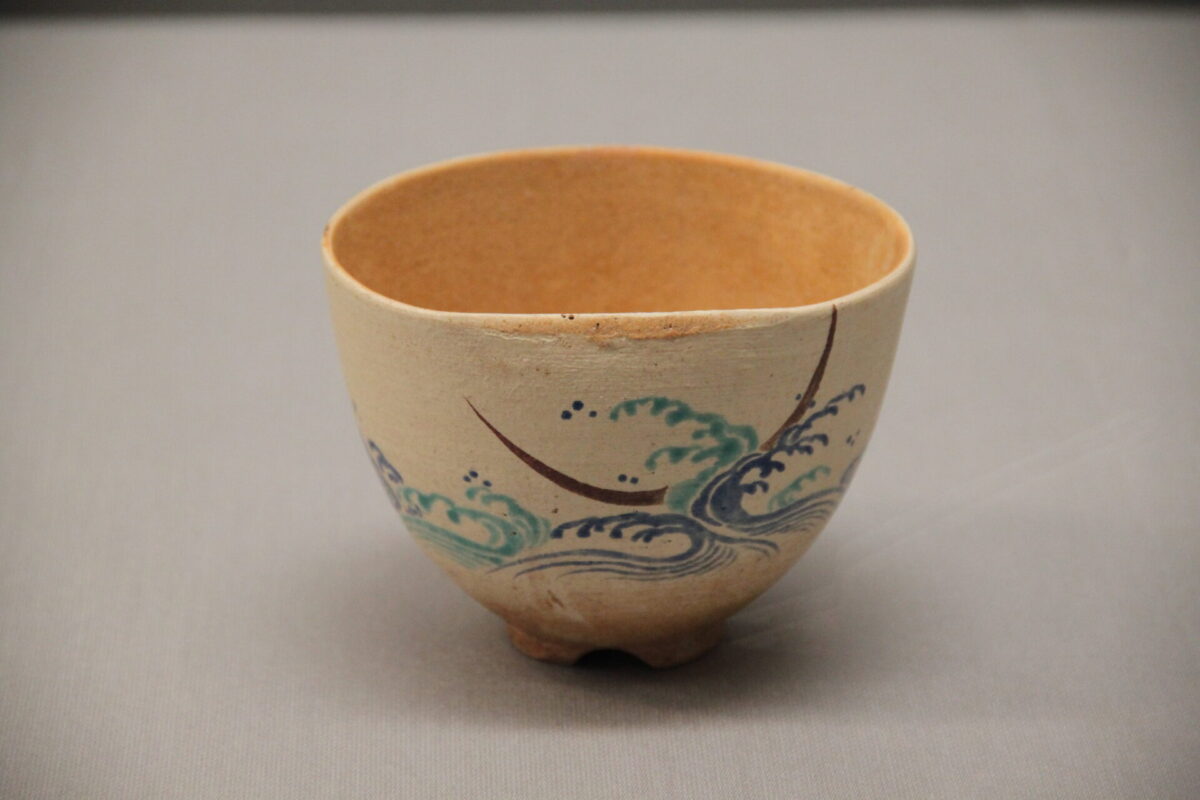
Tojiki is a distinguished form of Japanese ceramics, originated from the Tokoname and Seto regions, with a rich history dating back over 1,000 years. This esteemed craft is celebrated for its intricate designs, precise craftsmanship, and diverse styles, which range from elegant to rustic. Traditionally wood-fired in kilns, Tojiki pieces often feature exquisite glazes, vivid colors, and remarkable durability. From elegant teaware and graceful vases to functional tableware, Tojiki pottery continues to captivate art enthusiasts and collectors, serving as a testament to Japan’s enduring ceramic legacy. There are plenty of great pottery classes in Tokyo that you can take if you’re interested in trying your hand at it as well.
4. Origami
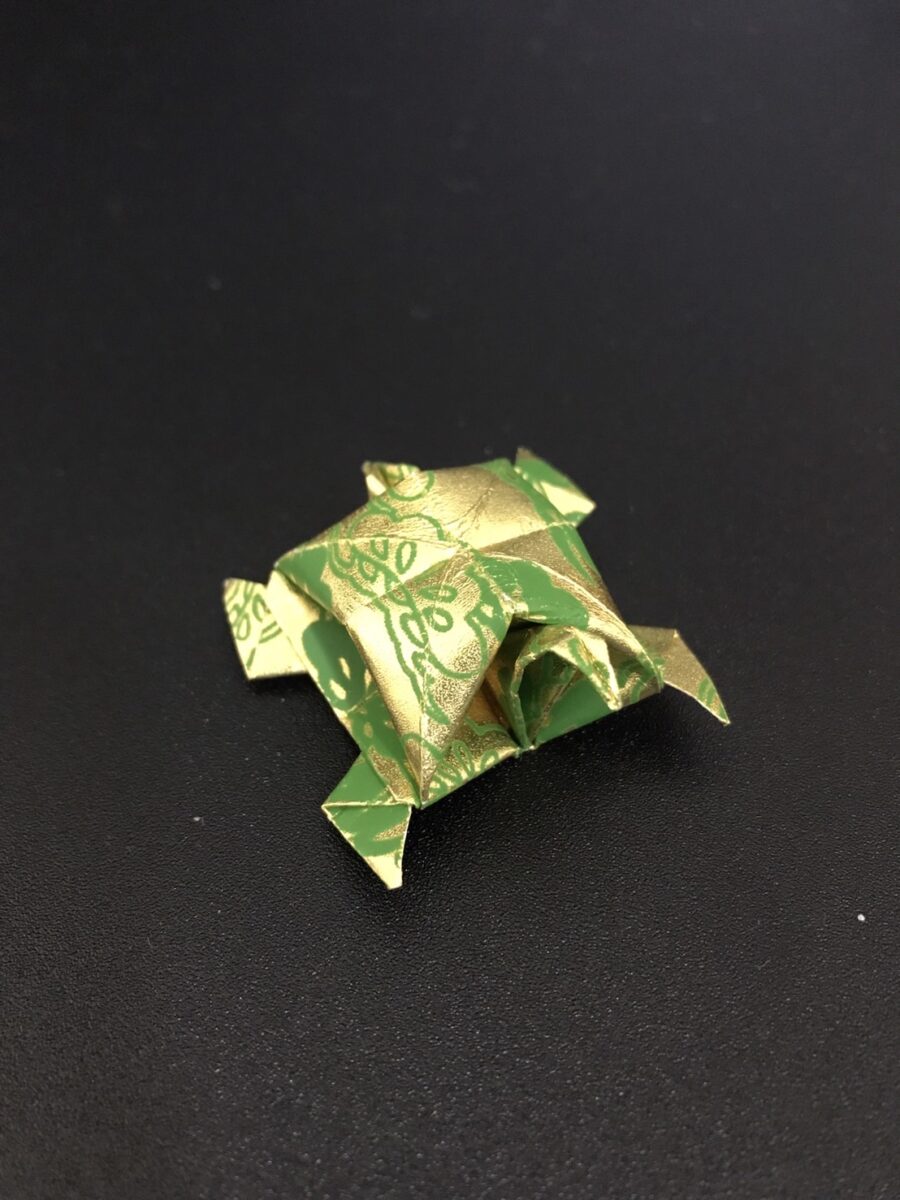
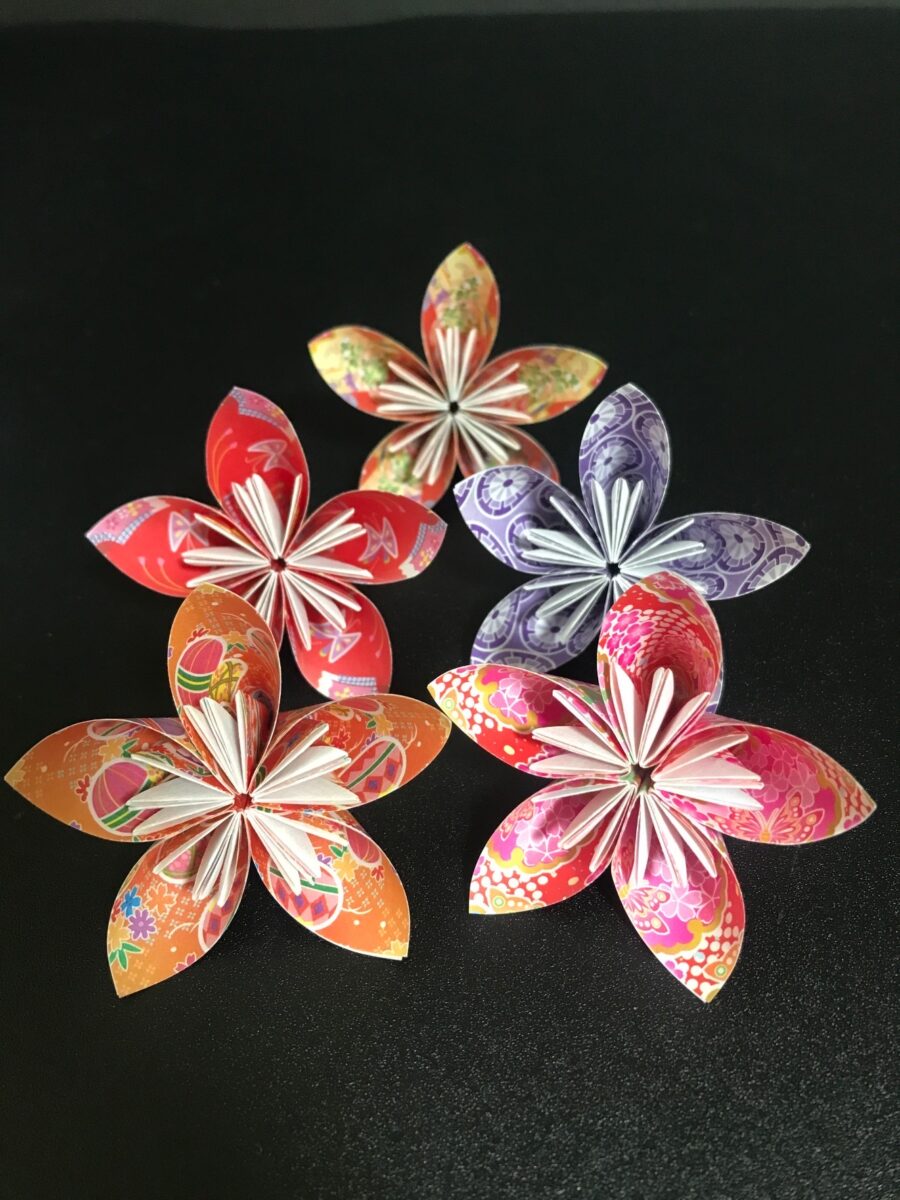
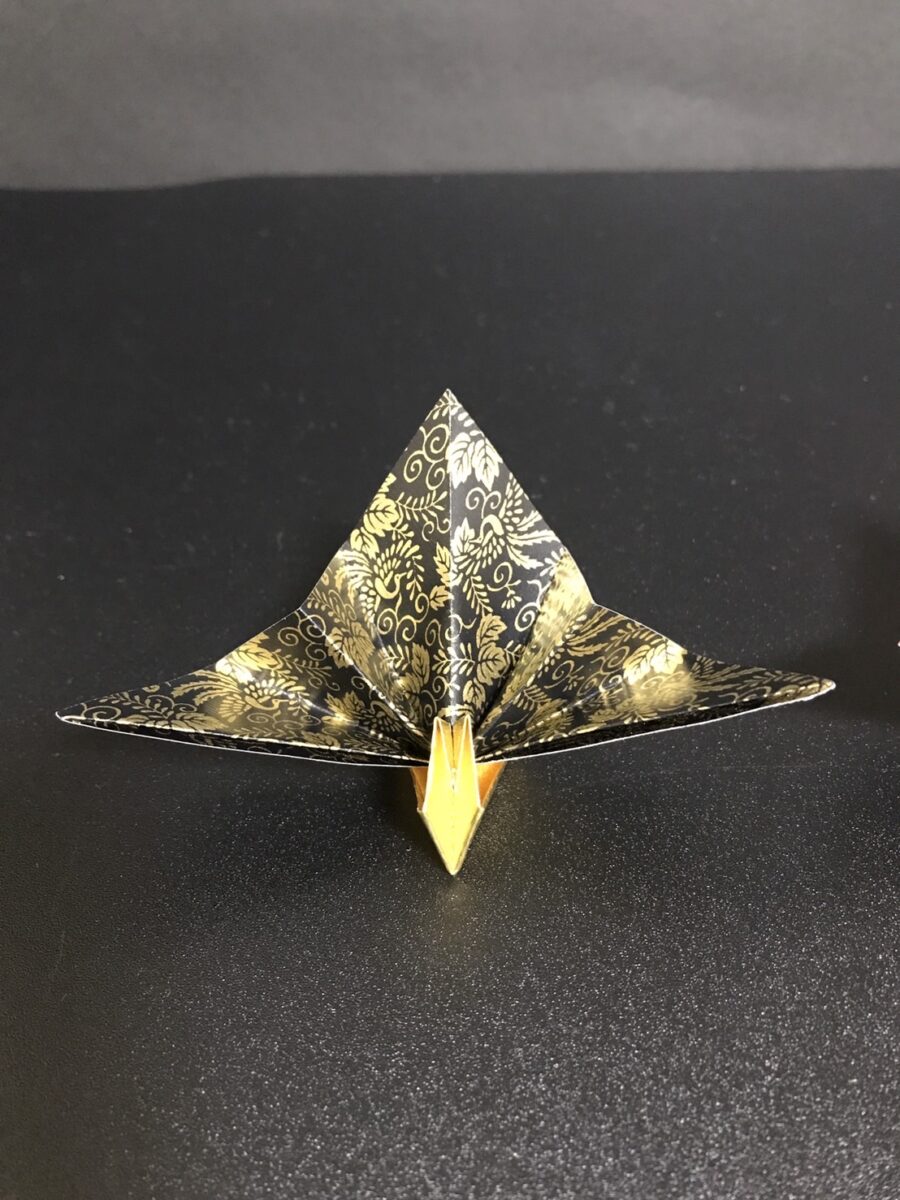
Origami, the ancient Japanese art of paper folding, has been captivating people’s imaginations for centuries. Stemming from the word “oru,” meaning to fold, and “kami,” meaning paper, origami is a creative and meditative process that transforms a simple piece of paper into a beautiful, three-dimensional object. This delicate art form transcends age and skill level, enabling anyone to enjoy its intricate beauty. From delicate cranes symbolizing peace and longevity to complex geometric shapes, origami embodies the essence of Japanese minimalism and grace, offering a glimpse into the country’s rich cultural heritage.
5. Urushi (Lacquerware)
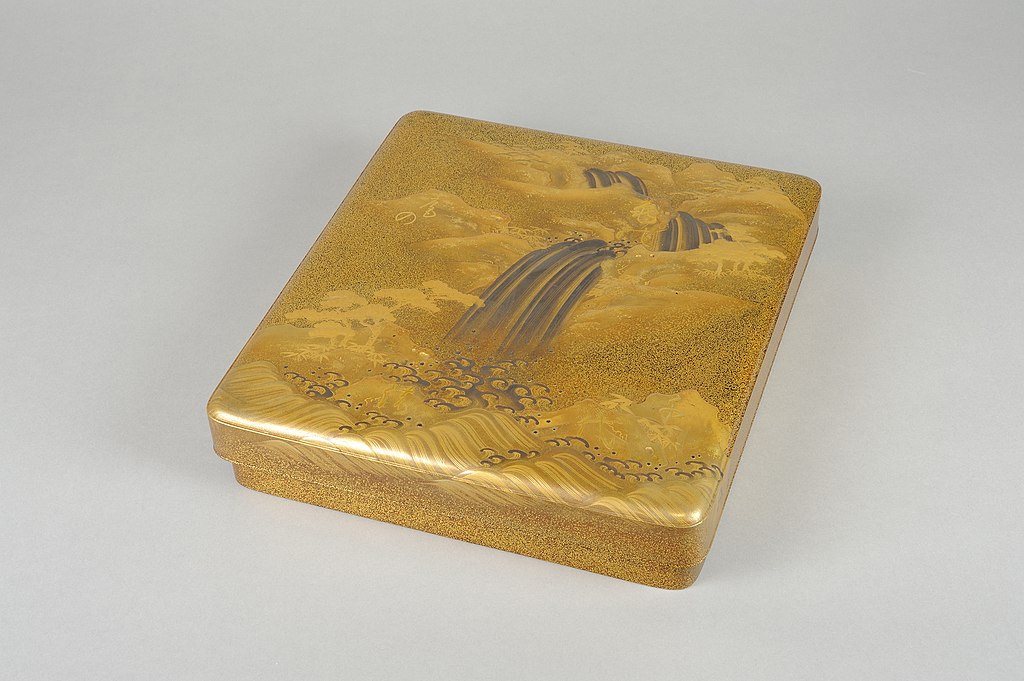
Lacquerware, or Urushi in Japanese, is a traditional craft that exemplifies the elegance and sophistication of Japanese aesthetics. This centuries-old art form involves applying multiple layers of natural lacquer derived from the Urushi tree’s sap onto various objects, including wooden bowls, boxes, and trays. There are different types of Urushi, it can come in different colors or even textures, which gives it a completely different look. Each layer is carefully dried and polished to achieve a lustrous, highly-durable finish. Often adorned with intricate gold or silver designs, Urushi lacquerware exudes a timeless beauty that has been cherished in Japan for generations. This exceptional craft showcases meticulous attention to detail and commitment to quality synonymous with Japanese culture.
6. Ukiyo-e (Woodblock Printing)
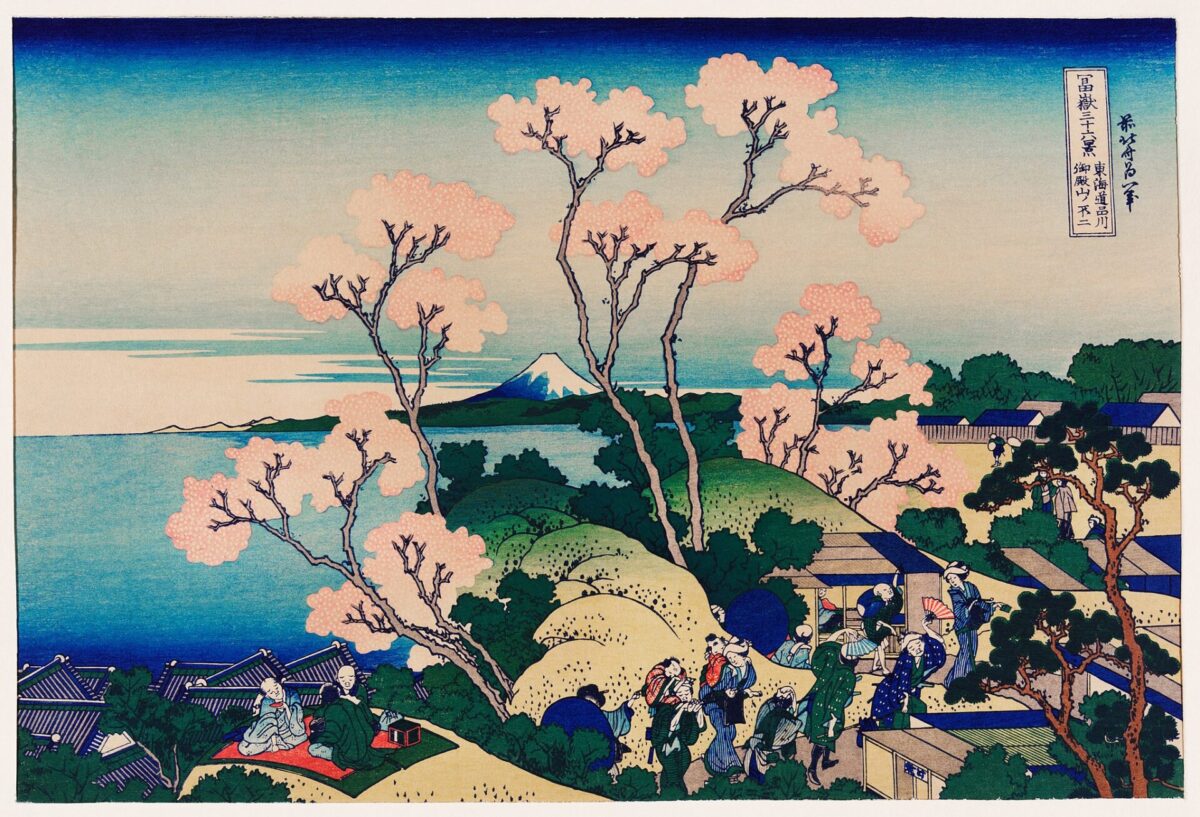
Woodblock printing, or Ukiyo-e, is a traditional Japanese art form that captures the vibrant essence of Japan’s rich cultural history. Dating back to the 17th century, Ukiyo-e translates to “pictures of the floating world” and originally depicted the hedonistic lifestyle of the urban Edo period. These intricate prints are created by carving an image onto a wooden block, then applying ink and pressing the block onto paper. Renowned for their exceptional detail and vivid colors, Ukiyo-e prints feature diverse subjects such as landscapes, Kabuki actors, and scenes from everyday life. Master artists like Hokusai and Hiroshige have left a lasting impact on the world of art, with Ukiyo-e influencing even the European Impressionists. This captivating art form continues to fascinate art enthusiasts and capture the spirit of Japanese culture.
7. Kabuki Theatre
Kabuki Theatre is a captivating and vibrant form of traditional Japanese performing arts that dates back to the early 17th century. Recognized for its elaborate makeup, extravagant costumes, and exaggerated expressions, Kabuki masterfully combines drama, music, and dance to tell stories of love, betrayal, and heroism. This theatrical art form has captivated audiences for centuries with its unique blend of stylized acting, grand stage settings, and intricate musical accompaniment. In 2005, UNESCO designated Kabuki as an Intangible Cultural Heritage, underlining its global significance and enduring appeal. Don’t miss the chance to witness the breathtaking beauty and timeless allure of the Kabuki Theatre on your next visit to Japan!
8. Sado (Tea Ceremony)

The Japanese Tea Ceremony, or Sado, is a graceful and meditative ritual deeply rooted in Japan’s cultural heritage. This traditional practice, dating back to the 15th century, involves the ceremonial preparation and presentation of matcha, a finely ground green tea. Steeped in Zen philosophy, Sado represents the pursuit of harmony, respect, purity, and tranquility. It unfolds within the serene setting of a tea house adorned with carefully chosen artistic elements that reflect the host’s aesthetic sensibilities. Participants are encouraged to appreciate the beauty of each subtle gesture and movement, along with the seasonally inspired decorations and utensils. Experience the enchanting world of Sado, and let it transport you to a place of mindfulness and inner peace.
Find tea ceremony experiences around Tokyo
9. Sumi-e (Ink Painting)
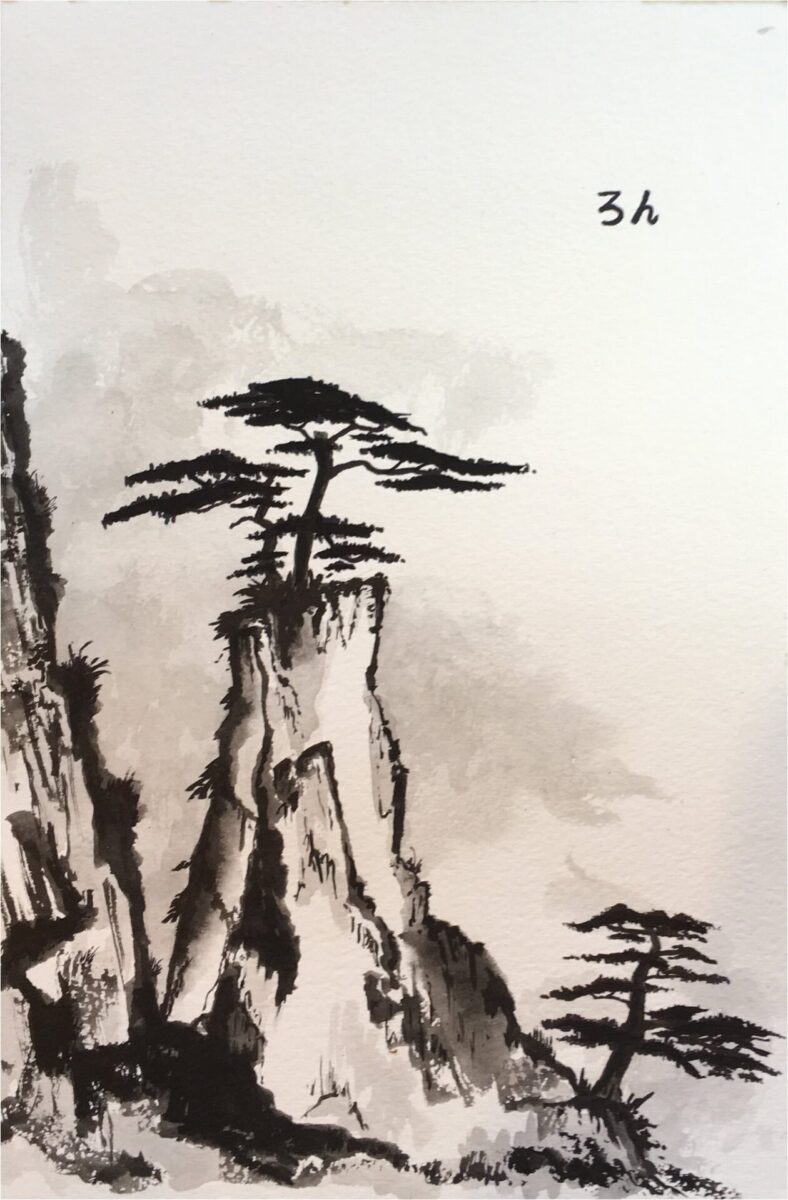

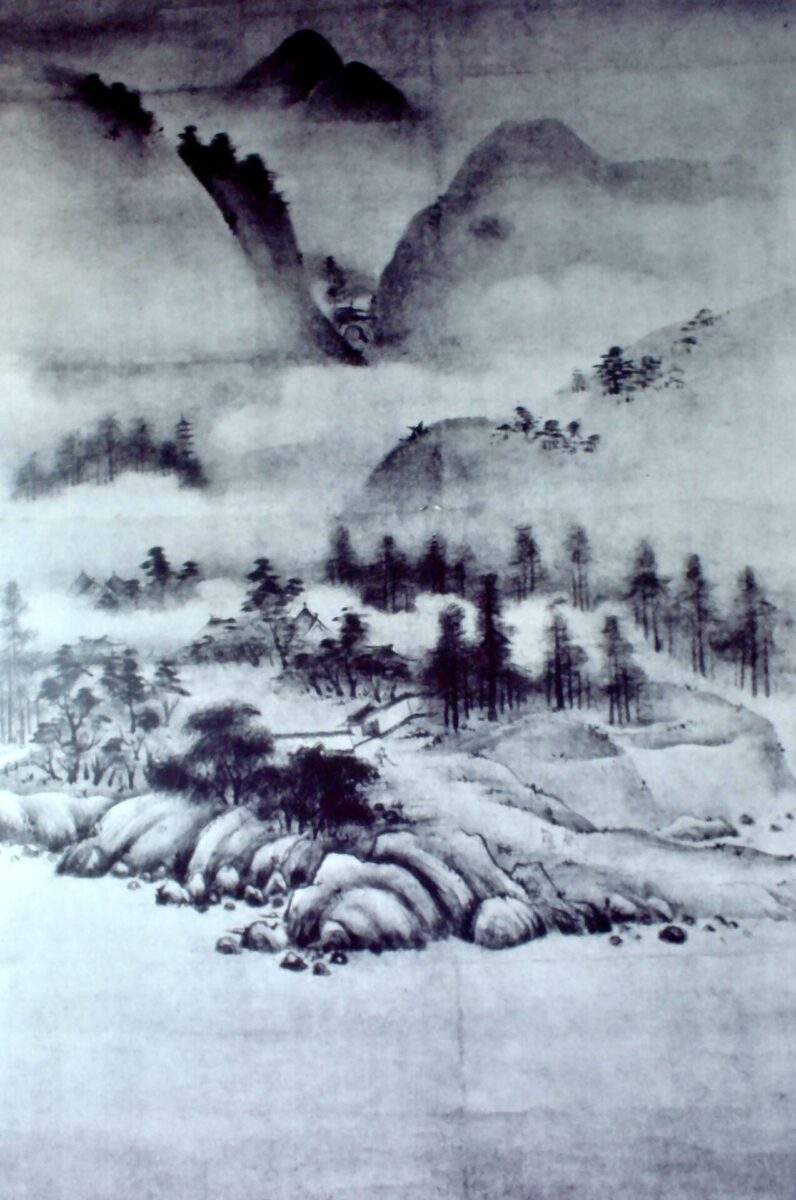
Sumi-e, a timeless and evocative form of Japanese ink painting, captures the essence of nature and spirituality through the art of simplicity. This ancient technique, which originated in China before being introduced to Japan, utilizes a minimal color palette, typically limited to black ink and shades of gray. With only a few deft brush strokes, Sumi-e artists skillfully convey the energy and emotions of their subjects, such as delicate blossoms or noble animals, demonstrating a deep connection to the natural world. In Sumi-e, the white space left unpainted is just as significant as the inked areas, symbolizing the profound harmony between presence and absence. Discover the beauty and depth of Sumi-e and experience how this enchanting art form invites introspection and a connection to nature’s boundless wonders.
10. Bonsai

Bonsai, a delicate and awe-inspiring Japanese art form, has fascinated horticulture enthusiasts and art lovers alike for centuries. Rooted in ancient Chinese and Japanese traditions, bonsai is the practice of meticulously cultivating and pruning miniature trees to create harmonious, scaled-down replicas of their full-sized counterparts. Each bonsai tree is a living masterpiece, carefully nurtured to reflect the balance and beauty found in nature. Bonsai cultivators must possess patience, a keen eye for detail, and an appreciation for nature’s subtle aesthetics. The practice embodies the Japanese principles of wabi-sabi and zen, valuing simplicity, tranquility, and the natural passage of time. As you explore the world of bonsai, you’ll develop a profound appreciation for these exquisite miniature landscapes and the dedicated artisans who create them.
11. Manga
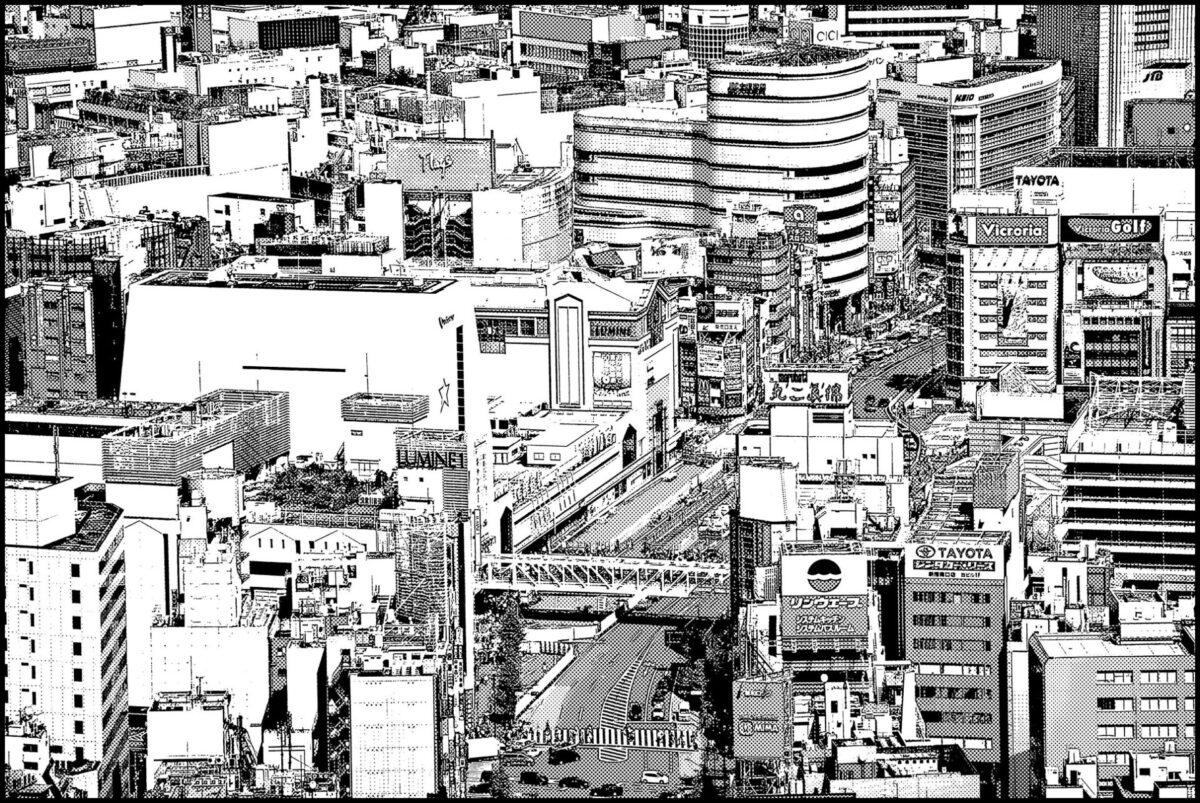
Manga, an integral part of Japanese culture, has captured the hearts of millions worldwide with its diverse range of themes and captivating storytelling. From action-packed adventures to heartwarming slice-of-life tales, there’s a manga for every taste and age group. Originating in Japan, this versatile art form combines imaginative illustrations with engaging narratives, offering readers an immersive experience like no other. Many popular manga have been adapted into successful anime series, bringing the characters and stories to life on-screen. As you delve into the vast world of manga, you’ll discover beloved classics as well as hidden gems, each reflecting a unique aspect of Japanese society, tradition, or imagination. Embark on an unforgettable journey through the pages of manga and explore the boundless creativity and depth it offers.
12. Japanese Poetry
Japanese poetry’s history is extensive and deeply intertwined with Chinese cultural influences. During the active exchange between Japan and China, which began in 607 with the envoys of the Sui and Tang Dynasties, various Chinese cultural elements were introduced to Japan, including Chinese poetry. Known for its rhyme and rhythm, Chinese poetry greatly impacted Japanese poetry, developing waka poems in the Heian period and haiku poems in the Edo period, both characterized by distinct rhythmic patterns.
Kimono: A Beautiful Artform that you can Wear Anywhere!
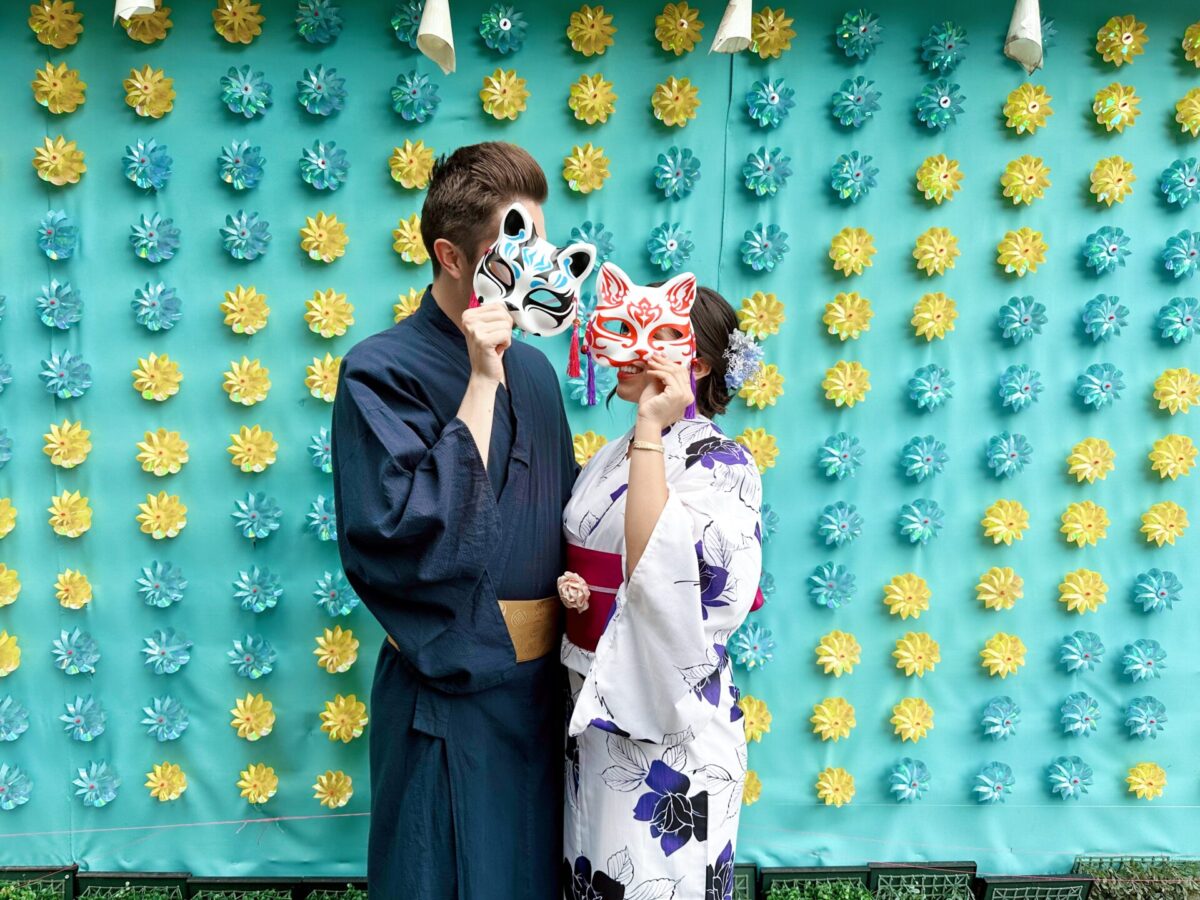
Kimono are not only an incredible works of art that span a variety of styles and date back to ancient times, but are easily found, rented, and worn out and about. If you want to appreciate Japanese art and adventure at the same time, Wargo has your back. this reputable kimono rental company has some incredible options for your kimono adventure, check out their stores:
Tokyo
Kyoto
Osaka
Ishikawa
Saitama
A significant transformation in Japanese poetry took place during the Meiji period, when Japan ended its isolation and opened its borders to Western countries, allowing for the influx of Western culture. Japanese poets embraced the Western poetic style of free verse, which encouraged unrestricted expression without adhering to traditional rhythmic patterns. As a result, a plethora of Japanese free verse poems emerged, reflecting the evolving landscape of the nation’s poetic heritage.
Japan Wonder Travel Tours
Japan Wonder Travel is a travel agency that offers guided tours throughout Japan.
From private walking tours to delicious Food and Drink tours, we can help you organize the best tours just for you! If you want to explore Japan and learn more about the history and backstories of each area you are visiting, our knowledgeable and friendly English speaking guides will happily take you to the best spots!
In addition, we can provide you with any assistance you may need for your upcoming trip to Japan, so please feel free to contact us if you have any questions or need some help!
▶Tokyo Tsukiji Fish Market Food and Drink Tour
Explore the most lively and popular fish market in Tokyo and try some of the local’s favorite street foods and sake with one of our friendly and knowledgeable English speaking guides!

▶Tokyo 1–Day Highlights Private Walking Tour (8 Hours)
There’s no better way to explore an area than taking a tour with a knowledgeable local guide. You will have the chance to learn about the history and interesting background stories of Tokyo, as well as discover some hidden gems which can be hard to do without a guide.

▶Mt. Fuji Day Trip Bus Tour from Tokyo
Experience the breathtaking views of Mt. Fuji by visiting the highlights of the area on our guided sightseeing bus tour! Departing from Shinjuku in central Tokyo, you can travel comfortably to all of the best spots in the area by bus.

▶Kyoto Private Full Day Walking Tour
On this full-day private tour of Kyoto, you will be able to see the highlights of Kyoto in just one day and at the same time develop a deeper understanding of both the culture of the area and Japan as a whole.

Follow us on Instagram, Facebook, Twitter, and TikTok for more travel inspiration. Or tag us to get featured!
Happy traveling!
Stay informed of the best travel tips to Japan, the most exciting things to do and see, and the top experiences to have with the Japan Wonder Travel Newsletter. Every week we will introduce you to our latest content.
